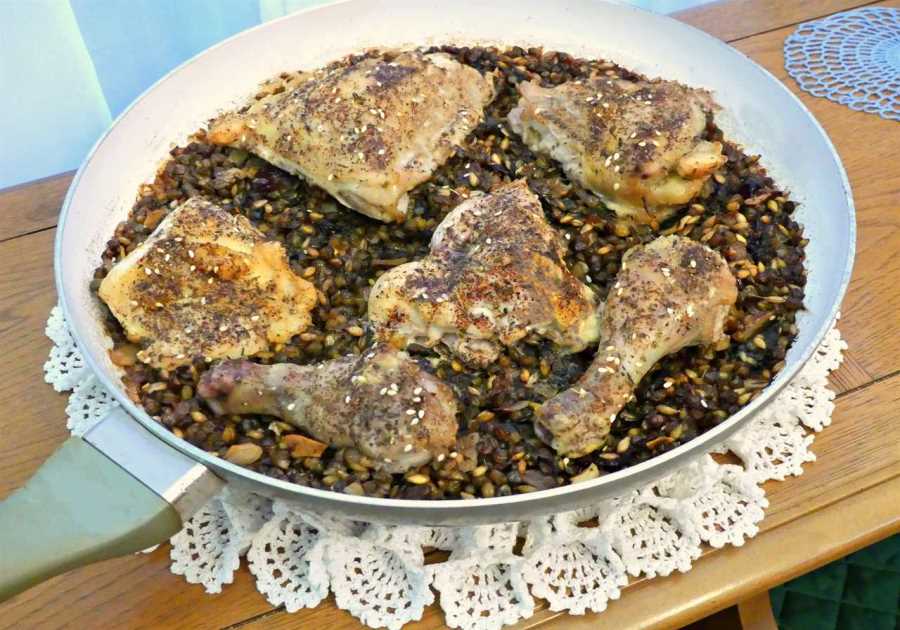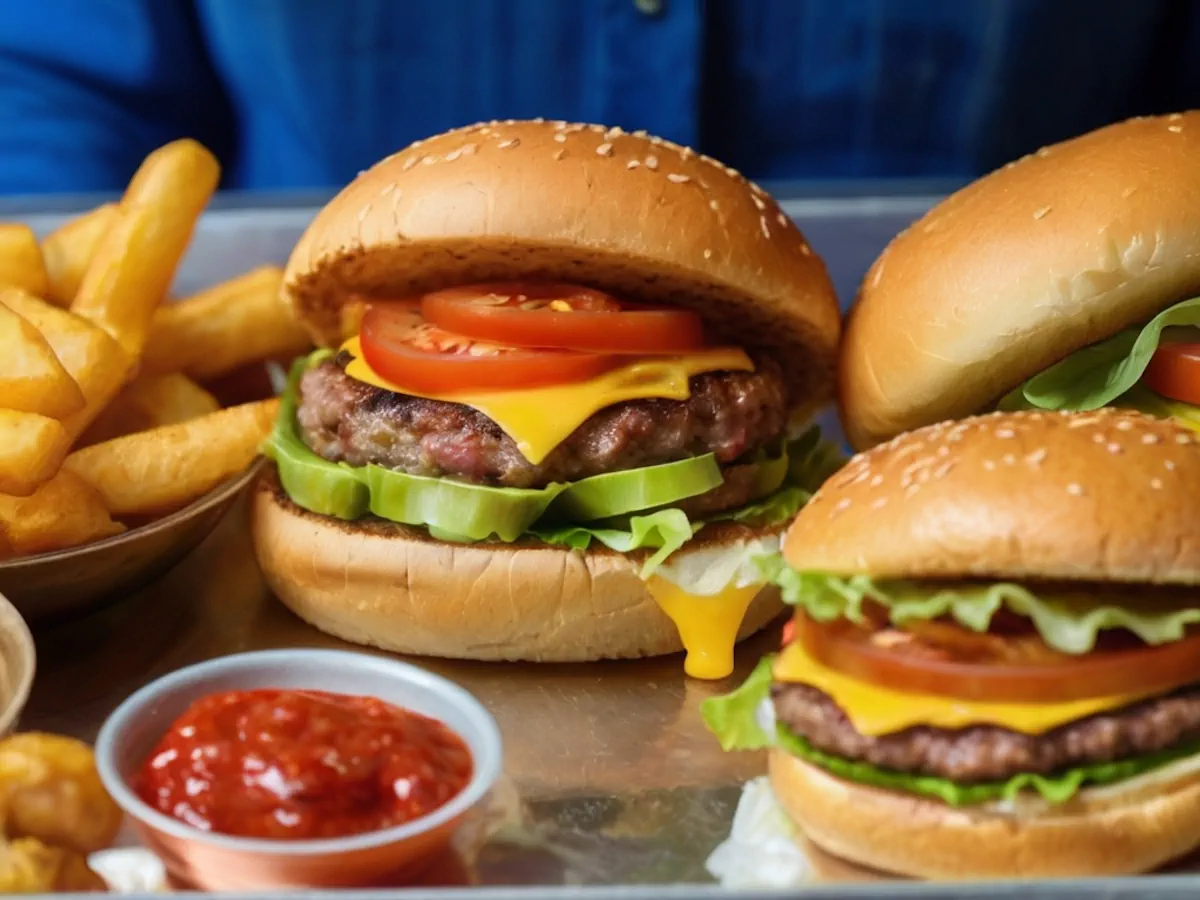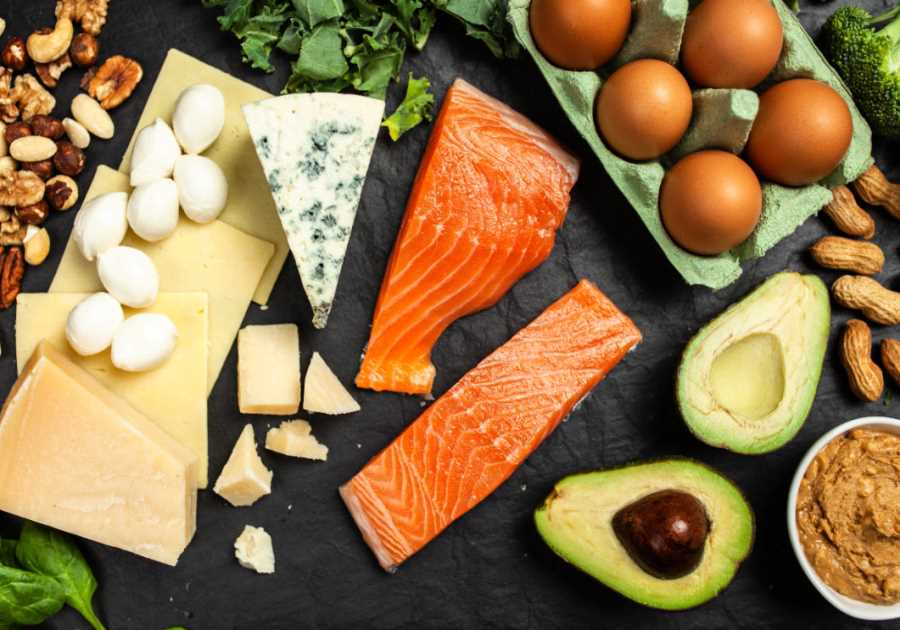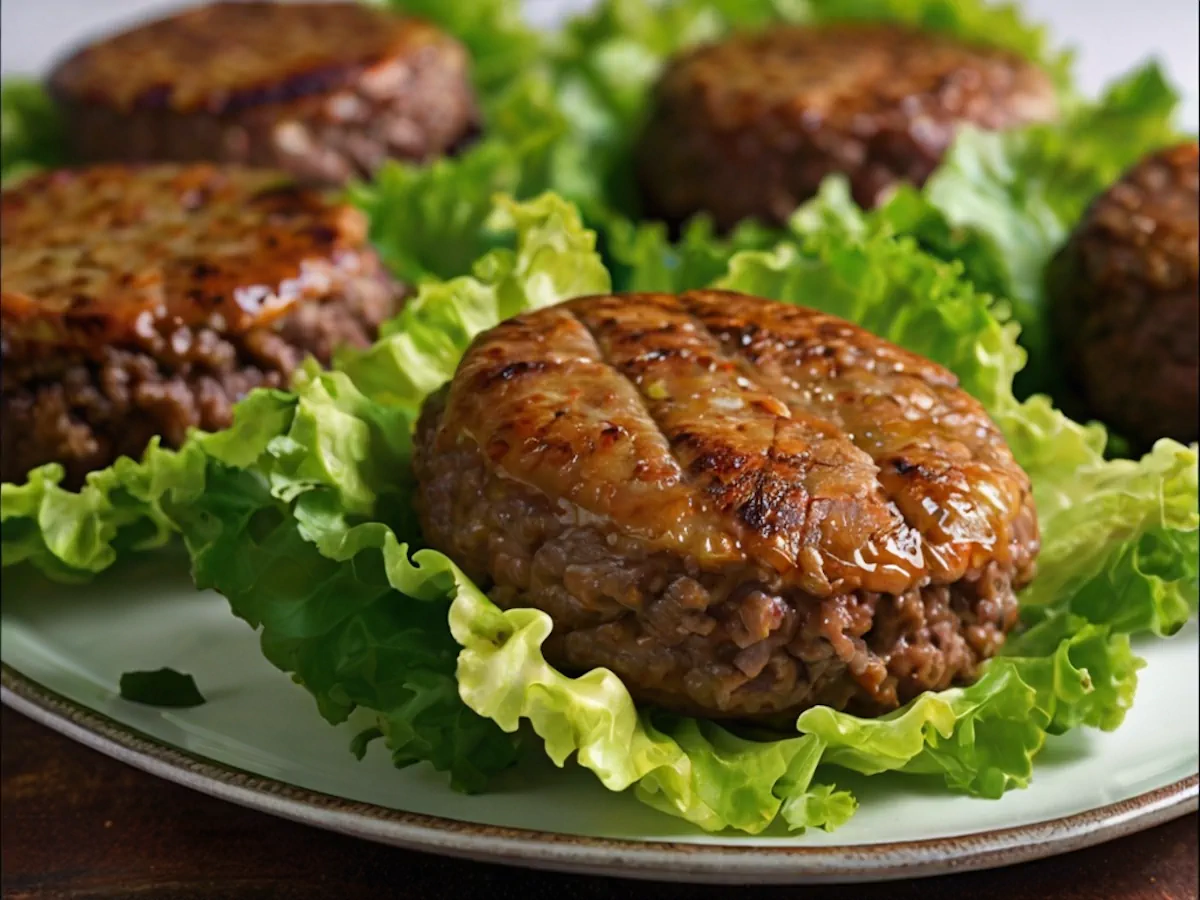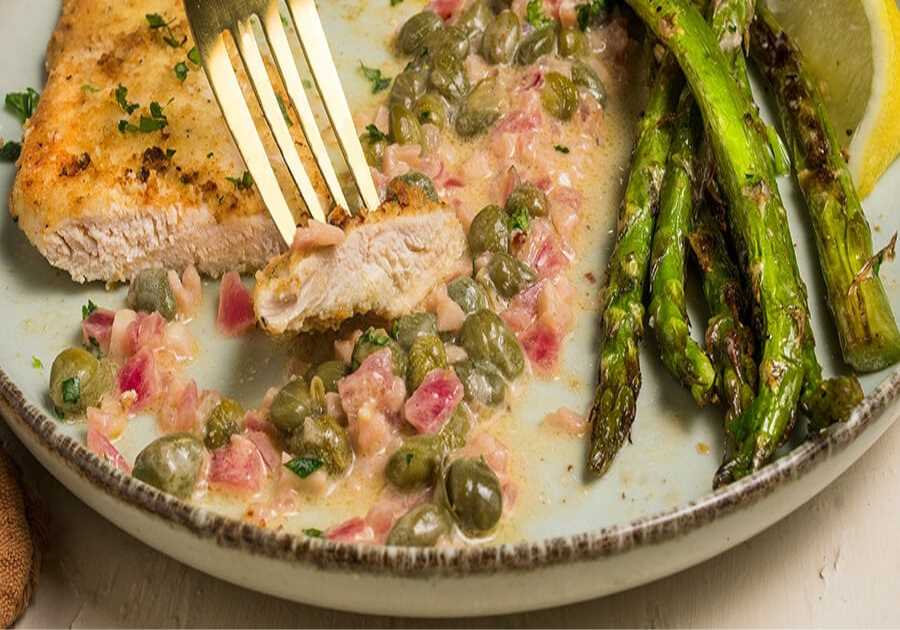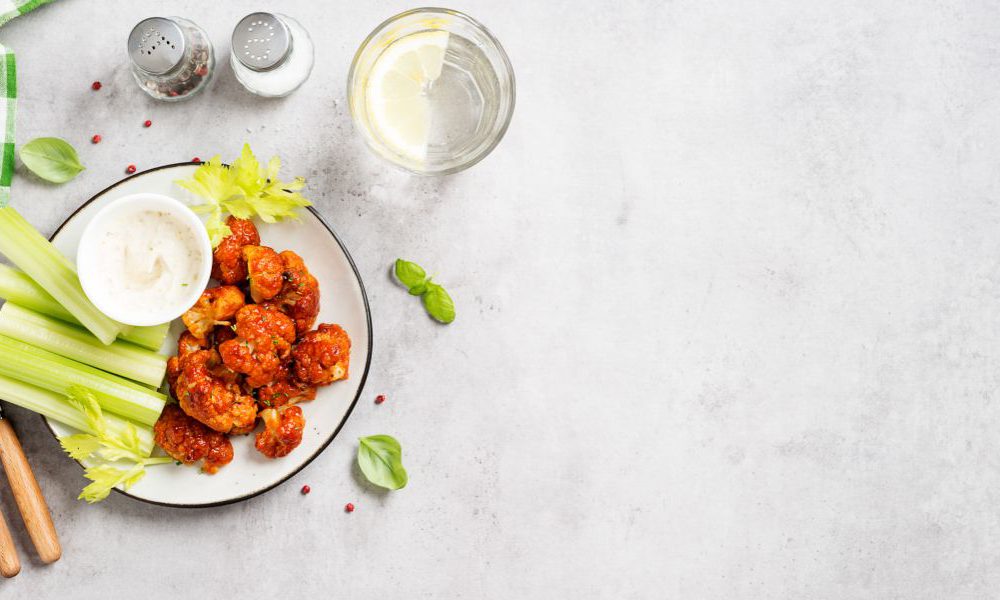
The Paleo Diet is a dietary lifestyle inspired by what our ancestors were eating during the Paleolithic era. The idea is to eat only real, unprocessed foods found in nature, such as fruits, vegetables, nuts, and meats that are free-range and organic. This type of diet has become popular lately as an alternative to processed food.
What are the Benefits of the Paleo Diet?
The benefits of the Paleo Diet include improved digestion and reduced inflammation, better heart health due to a decrease in cholesterol levels, increased energy levels due to healthier food choices, stronger bones from consuming fewer refined grains and sugars, and weight loss due to restricted calories from processed carbs. Additionally, this diet can help improve your mental and emotional well-being by limiting unhealthy cravings for processed foods.
What are the Risks of the Paleo Diet?
The risks associated with the Paleo Diet largely come from an improper balance of macronutrients or inadequate intake of important micronutrients such as calcium or vitamin D. Additionally people on this diet may skip out on important fiber-rich foods like legumes which contain prebiotics that are beneficial for gut health. There's also a risk for weight gain if too many unhealthy fats are consumed or if portion sizes become larger than recommended.
Do the Benefits of the Paleo Diet Outweigh the Risks?
The benefits offered by a Paleo Diet can certainly outweigh potential risks if used correctly; however, it’s important to ensure that your body is getting all the essential nutrients it needs while also keeping portion sizes in check so you don’t overconsume calories overall. It can also be helpful to speak with a nutritionist who can advise you best on how to safely transition over to a paleo lifestyle in order to get maximum benefit without compromising any long-term health goals you might have set for yourself.
Reduced inflammation
The paleo diet is a great way to minimize inflammation. Not only can it help you lose weight, but it can also offer you more energy and improve chronic conditions. It's a healthy way to get the nutrients your body needs.
It's easy to incorporate anti-inflammatory foods into a paleo lifestyle. Some of the best ways to do this include eating plenty of vegetables and fruits, avoiding caffeine and alcohol, and using targeted probiotics to reduce the inflammation of your gut.
Increased energy levels
Eating Paleo can drastically increase energy levels due to the nutrient-dense, whole-food approach it incorporates. Accessing multiple data points is essential for success and leveraging the synergistic benefits of certain foods together for greater energy increases. This could involve wild-caught salmon as a source of phosphorus or consuming organic vegetable juices instead of sugary sodas. Additionally, there are certain tips that should be followed such as shying away from processed omega-6-rich oils and opting for grass-fed lean meats. Following this type of diet can help those looking to tap into bursts of unfettered power and keep cravings at bay while avoiding the feelings of deprivation so often associated with diets. With its improved paleo diet, one can reclaim energizing hours and make weekend days full of sustainable, zestful activities!
Improved concentration
In addition to improved concentration, the Paleo diet also improves metabolic balance, insulin sensitivity, and glycemic control. However, the results of these studies are limited by the small number of participants in the trials. Thus, further studies are needed to determine the long-term benefits of this diet.
In one study, the Paleo diet was effective at reducing fasting plasma glucose levels. It did not produce statistically significant effects on all carbohydrate metabolism indicators. But it did lead to a statistically significant decrease in HbA1c, a common measure of insulin sensitivity. This result is in line with a recent Cochrane review.
The Paleo diet is considered a low glycemic load diet that eliminates refined sugars, dairy, processed grains, and potatoes. It is rich in proteins, vegetables, and healthy fats.
Reduced saturated fat
A paleo diet is a dietary approach that includes lean meats, fruits, and vegetables. It also avoids processed foods and dairy products. A study suggests that it can help reduce your risk of developing diabetes and heart disease.
The Paleolithic period began 2.5 million years ago and ended about 10,000 years ago. In this period, people were largely hunter-gatherers, and they ate what they could find in their environment. Today, modern health professionals recommend that people consume less saturated fat. They also recommend that people eat more healthy fats. This includes fatty fish such as salmon, avocados, and nuts.
High in fiber
A high-fiber diet can help you maintain a healthy weight and reduce your risk of heart disease, diabetes, and certain cancers. It can also keep your digestive system working properly.
The best way to increase your fiber intake is to eat more real foods. Whole grains, nuts, and fruits are all great sources of fiber. However, if you're not a fan of whole grains, you can opt for a high-fiber supplement.
Frequently Asked Questions
What happens the first week on the paleo diet
Paleo doesn't have be hard. The first week is all about getting used to the new diet and lifestyle changes you are about to make.
It is crucial to cleanse and prepare your body to make the most of the paleo diet.
You can start by avoiding processed foods, artificial ingredients, and focusing on high-fiber vegetables and fruits.
Ensure adequate hydration throughout the day and restful sleep at night for your body to detoxify efficiently.
Your body might experience withdrawal symptoms, such as decreased energy or headaches. These symptoms are normal but you should seek medical attention if they become severe.
Get active by adding in some physical activity to your day, such as walking faster every morning or evening, or signing up for a class like aerobics or yoga. This will improve digestion, aid in weight loss, and help maintain overall health and well being.
Finally, use this time to pay close attention to food sensitivities, allergies, and intolerances. Start experimenting with nutritious foods that you may never have considered before, such as kale, quinoa, or coconut oil, to broaden your nutritional knowledge base too!
Is peanut butter permitted on the Paleo diet
The Paleo diet has inspired a lot of debate, including blog comments and dinner parties. One of the most interesting questions is, "Is peanut Butter allowed?" Many people feel passionately about arguing against or for its inclusion as a healthy snack.
To answer this question, it's important to familiarize yourself with what constitutes the Paleo diet. Although there isn't an official diet, most people eat food that can be found in nature. Peanuts, while technically considered a nut, are actually a legume. For those who are concerned, peanuts (and then peanut butter) can be eaten on a Paleo diet.
While there is scientific evidence to support peanut consumption on the Paleo Diet, there are still other aspects to be aware of. For example, peanuts have been found to contain high quantities of lectins which can cause inflammation in the body or disrupt digestion if excessive amounts are consumed. Natural peanut butter, which is free of added sugar and oil, may also fit within the ideal nutrient profile. Other options, such as popular brands with added sugar or oil, should be avoided.
Ultimately, it seems that enjoying small amounts of peanuts and peanut butter with mindful moderation might fit into standard parameters for following a healthy Paleo lifestyle without compromising health goals and objectives.
What fruit can you eat on Paleo?
Fabulous! The Paleo diet is a wonderful place to begin a journey to nutrition and well-being. Paleo means eating food that was available at the time of pre-agricultural period. This includes lean meats as well as seafood and other fruits, vegetables, nuts and seeds.
This method of eating reduces inflammation by eliminating processed foods, added sugars, as well as processed vegetable oils which can cause severe damage to the body. This allows you to eat delicious, whole foods with high levels of nutrients and vitamins that can help strengthen your health.
Fruits are an important part of the Paleo diet because they provide vitamins and minerals like Vitamin C in oranges, strawberries, and manganese in bananas. Other fruits include pears, lemons melons, melons (berries), papaya, mangoes, papaya, melons, melons and limes. Each fruit is rich in antioxidants, which are essential for optimal performance.
You can add fibre-rich fruits to your meals and snacks throughout the day. If you want something sweet, but not sugar-laden, you can also experiment with blending different fruits into smoothies.
Making sure you eat enough nutrient rich fruits can help to curb your cravings and infuse your body with powerful antioxidants that will keep it healthy. You get energy from fruit without them weighing you down. Get creative by combining fruits into your meals throughout the day.
Statistics
- Eaton and Konner, for example, wrote a 1988 book, The Paleolithic Prescription with Marjorie Shostak, and it described a diet that is 65% plant-based. (en.wikipedia.org)
- Plus, some of these foods — particularly beans — offer many compounds and are linked to positive health outcomes, such as a lower risk for metabolic disease, heart disease, and diabetes, according to a 2014 study. (everydayhealth.com)
- One study cited in the article, published in the European Journal of Clinical Nutrition, found that calcium intake levels among followers of the paleo diet were as low as 50 percent of the recommended daily value. (everydayhealth.com)
- You can throw these into any delicious paleo recipe (or make up your own) and be 100% sure that you're paleo diet compliant :). (ultimatepaleoguide.com)
- It's up to you to decide to what extent you want to follow those guidelines, but if you follow them 100%, you can be assured that you are eating the best food for your body and greatly investing in your long-term health and well-being. (paleoleap.com)
External Links
ncbi.nlm.nih.gov
- Regular Consumption of a High-Phytate Diet Reduces the Inhibitory Effect of Phytate on Nonheme-Iron Absorption in Women with Suboptimal Iron Stores - PubMed
- PubMed
hsph.harvard.edu
link.springer.com
- The influence of Paleolithic nutrition on chronic diseases: systematic review & meta-analysis - Nutrition Journal
- Popular Weight Loss Strategies - A Review of Four Weight Loss Techniques. Current Gastroenterology Reports
paleoleap.com
How To
How do I incorporate exercise into a paleo diet?
Striking the perfect balance of nutrition and exercise is essential for optimal health. Even though it is possible to achieve this balance, it can be challenging to keep it up, especially if your diet restricts you. Because paleo excludes many food groups, including dairy, grains, and legumes, it can be tricky to navigate.
The good news? You don't have to be a total nerd to include exercise into your diet. You'll need to start thinking about how you can increase your movement throughout the day. If you are seated for a long time, this could be as simple as taking a 10 minute walk after dinner.
Another option to consider is high intensity interval training (HIIT), where you alternate between periods of intense activity and shorter rest breaks. This type of training takes only 20 minutes and doubles-up as strength training. It works all major muscle group quickly and efficiently. Burpees, jumping jacks, and squats are all HIIT moves that are simple enough for beginners, but difficult enough for more advanced exercisers.
Finally, don't be afraid to mix things up with traditional endurance-type activities such as running, cycling, or swimming regularly. These activities will help you burn calories, as well as providing mental health benefits through stress relief or endorphin boosts. These are great strategies for adding exercise to a paleo diet and nourishing your body with healthy food choices.

